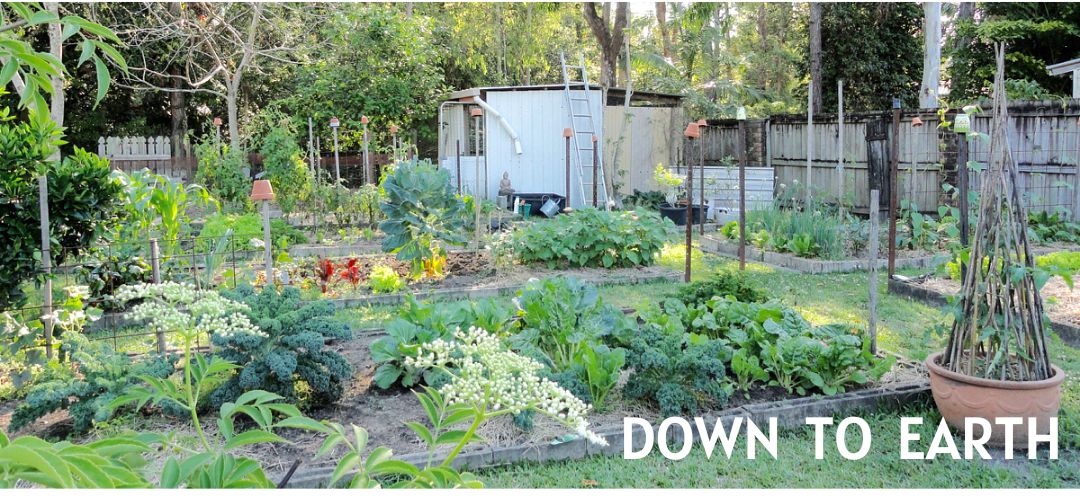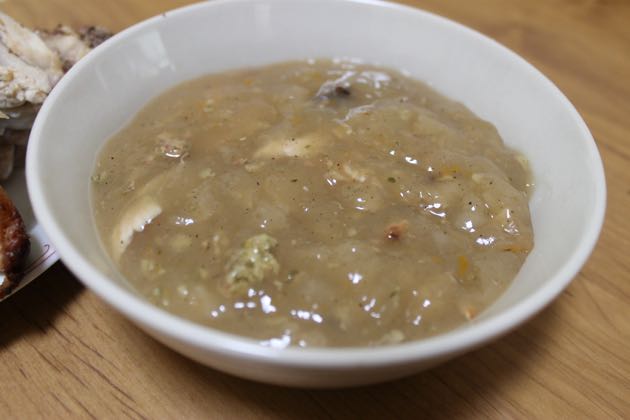It's always good to get value for money, no matter what your income level or age bracket. However, if you're in a low income group or on an average income with high costs, getting value for the money you spend in essential. I think you have to get into the habit of always looking for ways to save and not wasting what you already have. When you develop that habit, there is a long list of things you can do.
For most of us, apart from rent/mortgage payments, food is our biggest expense. So it follows that if you can save money on food, you've been making a real difference to your own budget. I'm taking it as a given that we're all cooking from scratch, even though there will be some who don't, it is the best starting point for all of us - for our finances, our nutrition and our health. This is one of the ways I use to stretch a chicken so that it not only gives us meals we enjoy, the meals are easy to make and instead of a small chicken feeding us for one meal with leftovers for lunch the next day, this one covers our main meal for three days.
I started off with a small free-range chicken, of 1.5kg/3.3lbs. On the first day I made a stuffed roast chicken with vegetables. The stuffing was stale bread, a small onion with sage, parsley and an egg from the backyard. It was delicious and satisfying. The following day I had one half of the chicken left, still on the bone. I removed the leg and breast, then chopped the carcass in two and put it in a pot with about 1.5 litres/quarts water, salt and pepper and with the lid on brought it to the boil and simmered it for about an hour. The herb stuffing seasoned the stock perfectly and gave it a real boost. For about the last 5 minutes of the simmering, I put the chicken in the stock and warmed it up. Two teaspoons cornflour in the stock thickened it slightly and on the second day we had skinless chicken mashed potato with onion and parsley, some pumpkin from the previous say, peas and a little of the chicken gravy made with the stock.
On the final day of the chicken, I noticed the chicken stock was set like a jelly in the bowl because so much magnesium, collagen and glucosamine had leached out of the bones. A truly nutritious broth. So, all the meat was stripped from the bones, the thick gelatinous stock reheated with the chicken pieces, parsley, salt and pepper added and boiled with a hand full of small shell pasta - a delicious satisfying soup on a cold winter's day. And that was the end of the chicken. It was only a small bird had it been a bit bigger it would have done us for four or five days, but then I would have frozen a couple of meals for later.
It's a simple thing to stretch out food like this. It doesn't take any extra time but you have to have the idea to do it and know what you're doing. Making a list of ideas to stretch out chicken, fish, beef etc. is a great way to start. There must be a hundred ways to serve a chicken but I hope you add this to your repertoire because it will give you value for the money you spend on the chicken and you'll know you're providing healthy and nutritious food, with no waste. How do you stretch your food dollars?


